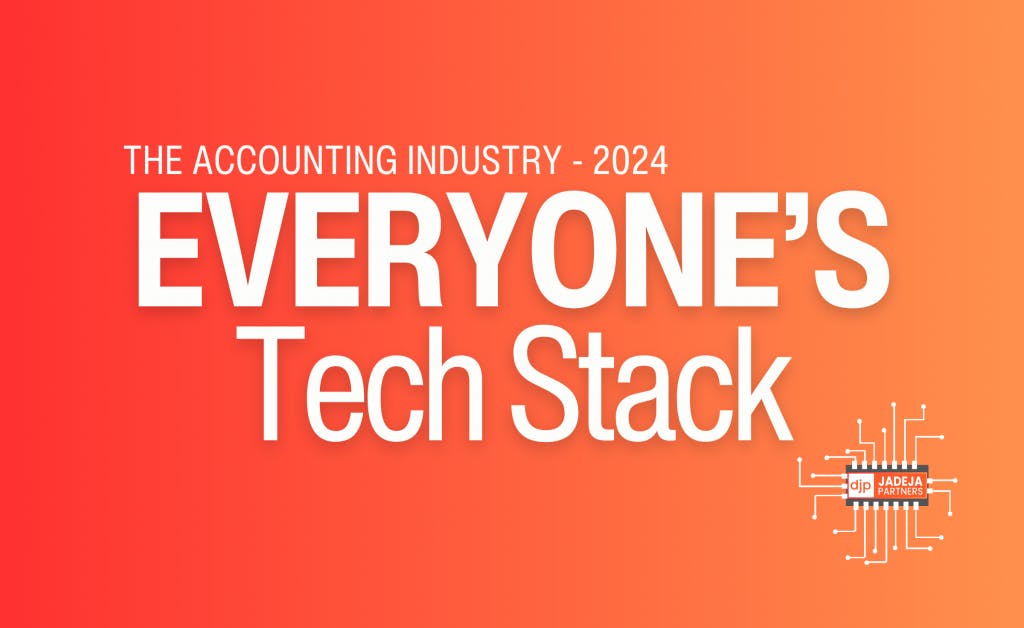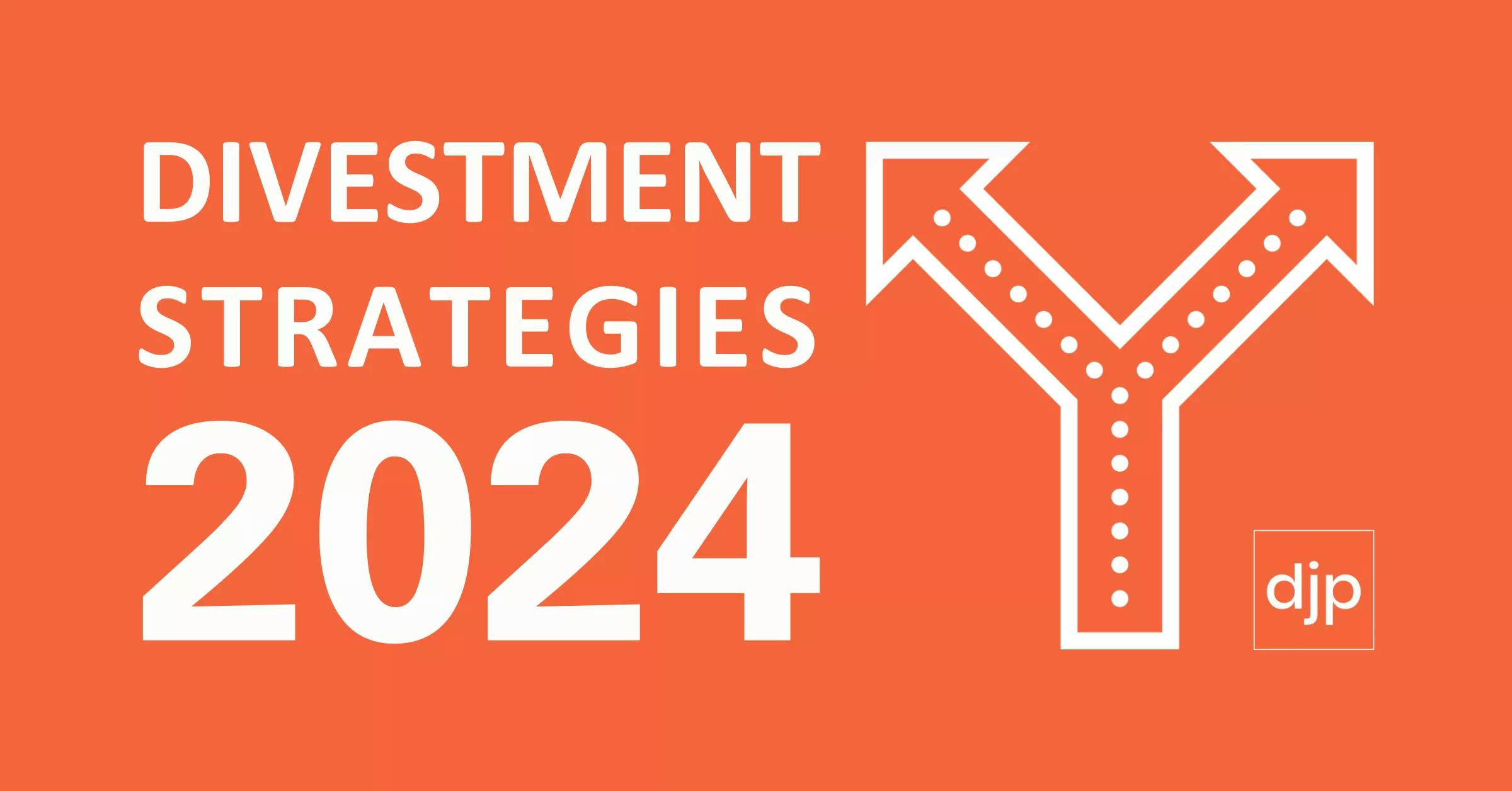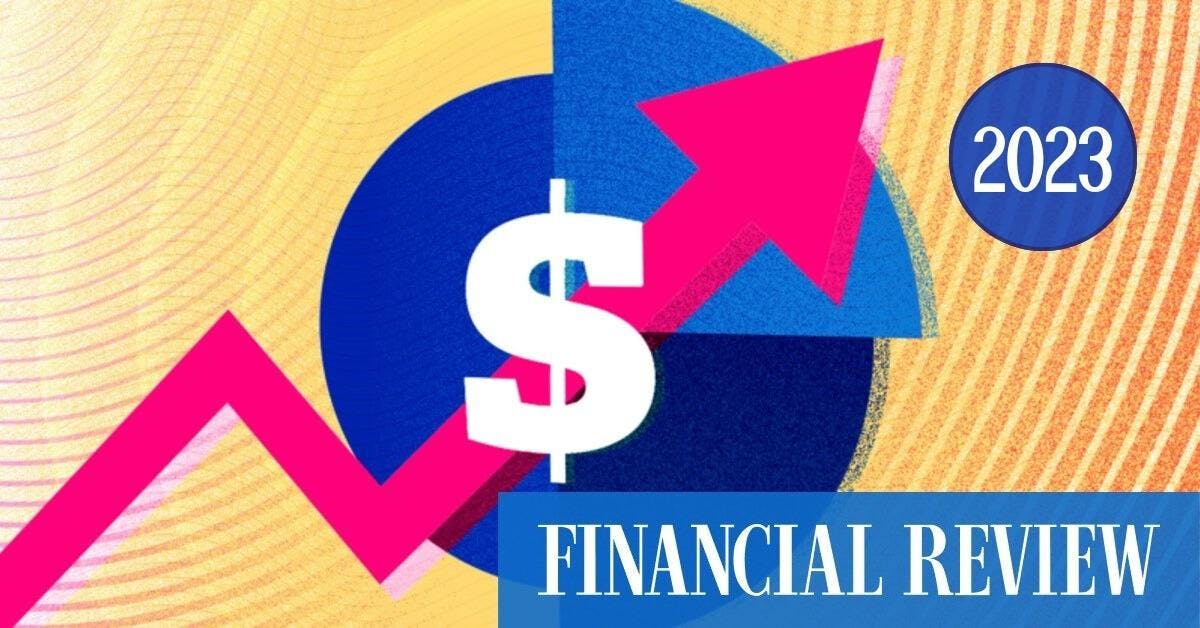Originally posted by Sholto Macpherson on Digital First: LINK HERE
How fast can you categorise a list of 130 transactions? Could you do it in under an hour? Deloitte has built an app that can do just that, without human intervention.
This week in a keynote at Sydney’s Oracle Open World conference, Deloitte’s chief data scientist, Gavin Whyte, showed a slide with the results of a recent machine-learning experiment in bank rec. Whyte had convinced a sceptical customer of Deloitte’s tax and audit department to test out an algorithm that the data science team had built over the past two and a half weeks. The algorithm had trained itself to recognise whether a transaction was deductible or not for GST (a goods and services tax in Australia).
The corporation gave a subset of transactions rather than access to the whole transaction history “because they didn’t quite understand what AI was”, Whyte says.
The list of transactions, which had been categorised by an audit team at another Big Four firm, was known to have more deductions than non-deductions. Whyte created a simulation to ensure that this bias in the data didn’t cause the algorithm to also develop a bias.
Results of Deloitte’s AI (machine learning) vs human audit team (rules based) to find deductions for GST.
Finally, the algorithm was prepared. The audit team had taken three months to work through the list. The algorithm finished categorising the list in 10 minutes – an amazing result, but that was only half the good news.
“It reduced the number of errors so significantly that it immediately added $100,000 to revenue, and that was with only a small subset of the transactions,” Whyte says.
The client was “blown away by the results and they wanted to apply the algorithm in a real time.”
Deloitte is currently conducting another test with a very large Australian bank to validate the accuracy of P&L and balance sheets using large statements. Again, a task which took staff months to do was completed in minutes. “Rather than spending months working out what’s wrong and what’s where, they could do this in minutes and have a financial report ready,” Whyte says.
Deloitte is also rushing its bank rec algorithm to market. It is “right in the middle” of productising the algorithm for tax and audit, is about to release a similar project for SMSF audits, and is developing more in legal and finance.
Errors made by AI (ML) vs human audit team (rules based) during the Deloitte experiment.
The GST categorisation experiment was conducted 12 months ago and is now running across several large organisations, and generating P&L and balance sheets in real time, Whyte says. Like MindBridge’s AI auditor, AI-powered software is on the ground already and racing to acquire customers. (MindBridge just announced a US$8.4 million A round on Wednesday.)
Deloitte itself is using the algorithms to reconcile internal expenses and calculate the P&L.
Clients are keen to get a real-time analysis of their financial position, and to know at any time how much they can claim from the tax department and their cashflow.
Friendly Algorithms Don’t Care About Software
The goal of Deloitte’s AI is to effectively analyse transactions from a tax practice and determine which are deductible. It’s a general need that the firm can apply to any client, regardless of software.
“If you look at the way a practice is run today it’s very much rules based. The accountants apply rules to transactions to categorise them and do their calculations. There is a lot of human error in this approach,” Whyte says.
The original experiment drew transactions from an Oracle Financials database. The transactions were “cleansed” and fed into the machine learning model, then sent back to the Oracle database tagged as deductible or otherwise.
“We can literally do this to any financial system,” including small business accounting software such as Xero, Whyte says.
Given its potential impact on accounting, it’s remarkable how quickly this algorithm came together.Whyte and his team presented the machine learning algorithm with a set of transactions that were deductible and another set that were non-deductible. The algorithm created its own rules by analysing the differences between the two sets of transactions.
“It actually learned how a tax adviser does it by looking at the specific attributes” that determine whether a transaction is deductible, Whyte says.
This process, which drew on data engineering and AI skills, took just two and a half weeks.
Deloitte has no plans to sell the technology to other firms. Instead it will be a key selling point for Deloitte’s tax and audit services. While other Big Four firms have invested in this area, none of them are close to releasing a competing product, claims Whyte, who was recently headhunted from KPMG.
For our competitors to do this – and I know them very well and the members in those teams – the biggest problem is detailed knowledge of GST and tax which their data scientists don’t have. Also there’s the maturity of the data science teams.
“Deloitte has a very mature team that has a backing in the subject matter to create these models. I’ve literally been using AI and tax for 15 years now,” Whyte says.
What Algorithms Mean for Auditors – and the ATO
What impact will this technology have on the tax and audit teams?
“The impacts are quite significant,” Whyte says. “The regularity of reporting for audit services will improve, GST compliance will be far more accurate and the reduction of unnecessary errors will be reduced quite tremendously as well.
The algorithm will allow Deloitte staff to focus on strategic opportunities rather than menial tasks. “That’s taking the robot out of the human,” Whyte says.
The obvious follow-up question – will you need as many auditors? And what will this do for the price of an audit?
“The dynamics of the team will change over time as this rolls out,” Whyte says. Deloitte talks of increasing the number of “purple” people – those who have combined the “blue” skills of business with the “red” skills of technology.
How will this change expectations for the government tax collector?
“The ATO at some time will get wind of it and will want a better analysis of the business. You could have the regulator demanding compliance in real time,” Whyte says.
Image credit: Deloitte
Article Credit: Sholto Macpherson
Upcoming webinar:
Gavin Whyte and Sholto Macpherson – June, 2018 . Visit Digital First for further details



